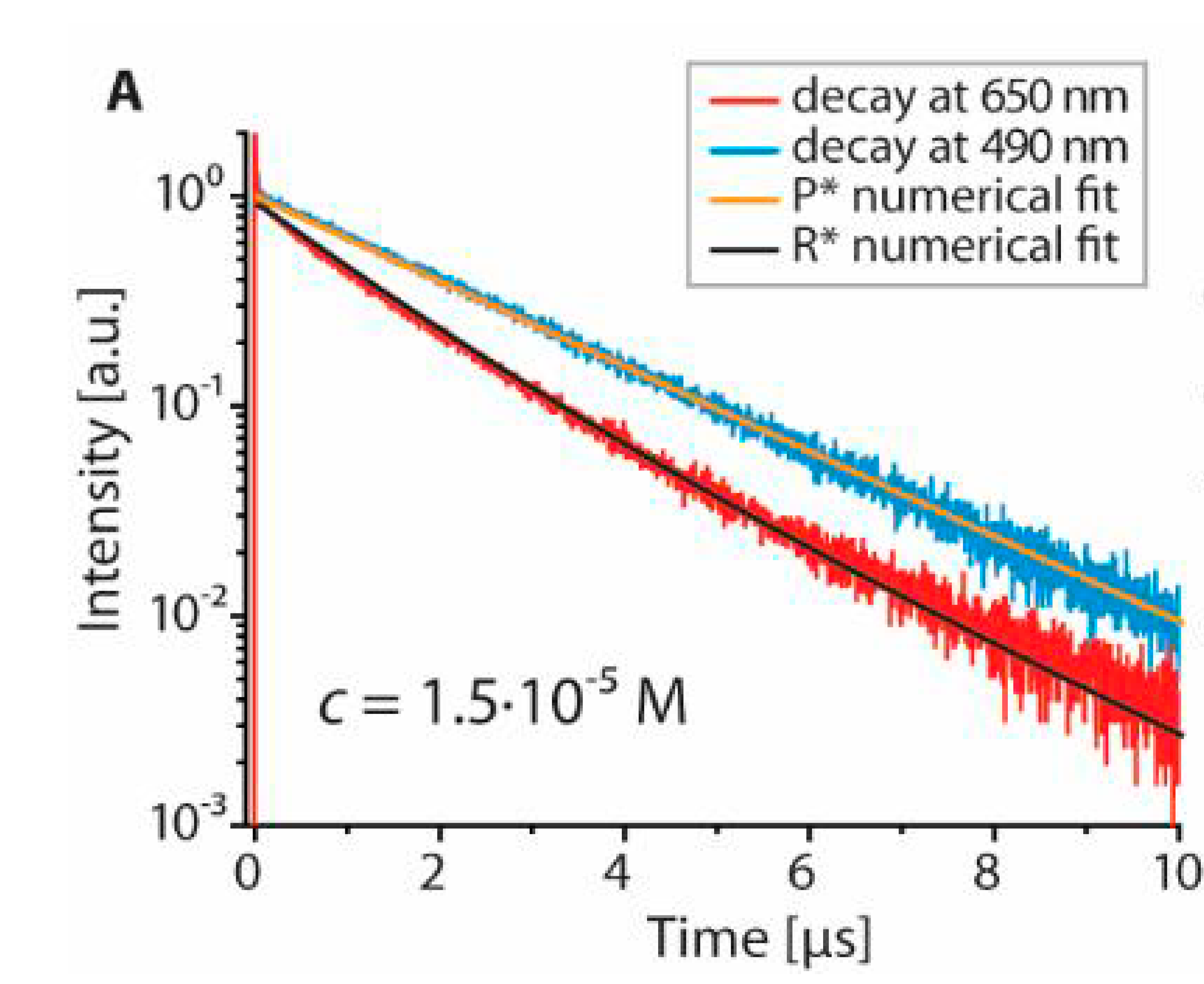Chemistry - A European Journal Volume 23, Issue 47, Pages 11301–11311
Kristina S. Kisel, Alexei S. Melnikov, Elena V. Grachova, Pipsa Hirva, Sergey P. Tunik, IgorO. Koshevoy
Linking Re(I) and Pt(II) chromophores with aminopyridines: a simple route to achieve a complicated photophysical behavior
Chemistry - A European Journal Volume 23, Issue 47, Pages 11301–11311
DOI: 10.1002/chem.201701539
The bifunctional aminopyridine ligands H2N–(CH2)n–4–C5H4N (n = 0, L1; 1, L2; 2, L3) have been utilized for the preparation of rhenium complexes [Re(phen)(CO)3(L1–L3)]+ (1–3). 2 and 3 with NH2-coordinated L2/L3 were coupled with cycloplatinated motifs {Pt(ppy)Cl} and {Pt(dpyb)}+ to give the bimetallic species [Re(phen)(CO)3(μ-L2/L3)Pt(ppy)Cl]+ (4, 6) and [Re(phen)(CO)3(μ-L2/L3)Pt(dpyb)]2+ (5, 7). In solution, complexes 4 and 6 show 3MLCT{Re}-based emission at 298 K, which changes the parentage to 3IL(ppy) state at 77 K. The photophysical properties of compounds 5 and 7 display a pronounced concentration dependence presumably due to the formation of bimolecular aggregates. Analysis of the spectroscopic data, combined with TD-DFT simulations, suggest that the unconventional heteroleptic {Re(phen)}…{Pt(dpyb)} π-π stacking operates as a driving force for the ground state association. The latter, together with intra- and intermolecular energy transfer processes, determines the appearance of multiple emission bands and results in nonlinear relaxation kinetics of the excited states.

 English (UK)
English (UK)  Русский (РФ)
Русский (РФ) 